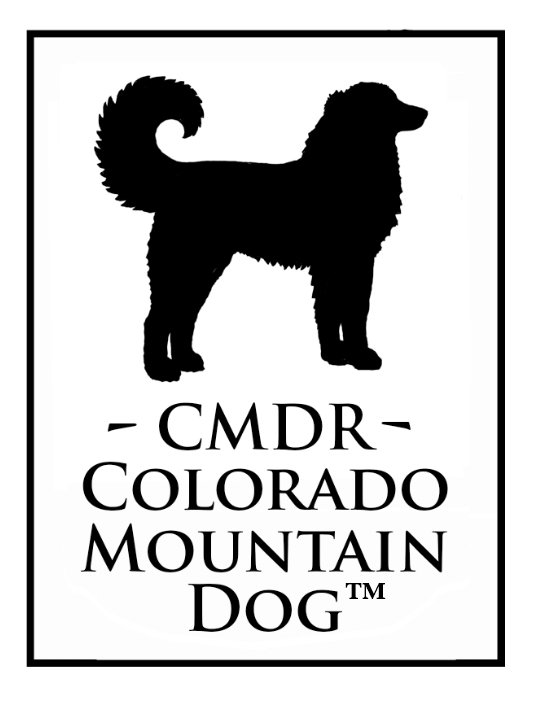~ Articles ~
Understanding The Genetic Exclusivity Clause
Understanding our Genetic Exclusivity Clause.
When a break off breed or registry attains a rich number of unrelated foundation dogs, then exchange between programs begins to be appropriate.
CMD studs may be used in whatever way an owner wishes except with break off breeds, or break off registries.
The science. Break off breeds and break off registries need to do the ground work where the effort and expense is... of evaluating and bringing in foundation dogs. Our breeders are doing that. If you don't have hundreds of foundation dogs in a DB, all unrelated, you don't have a breed. The institute of canine biology recommends 500 FDs before a stud book is closed. We are around 300 but will not close the studbooks even at 500, because closing a studbook is when a breed begins to die.
No break off breed or registry at this time, has genetic diversity at their core. The reason I get so much flack is that I teach actual population genetics to our breeders. Until these organizations have their own viable genetic diversity, there is no reason for this breed to facilitate exchange because there isn't exchange. There is just the appropriation of the work breeders are doing here.
The Market Reality
What break off registries and breeds often do, is take the work of others, which offloads the work and expense of actual breed development, and they can go right into money making. But the tree they are growing will wither after the money is made, because the demands of genetic diversity was not responsibly planned for. If we want to put a breed on the ground, we will protect our genetic exclusivity, and not flood new endeavors who need to do their own work with our genetics outside our registry that will not contribute to our diversity.
If there were parallel breed organizations, who were doing development as a registry, with recognizable strategies and hundreds of unrelated foundation animals... we would strike the clause from our bylaws. This is because we could have an exchange. When this begins to be a reality, the breeders can discuss it for a possible bylaw change. But the registry will only entertain that conversation based on the genetics it will acquire in exchange, and not on shallow personal marketing desires. I would be all for genetic exchange with the Grand Korimuck, but they must found their breed first. I would be all for genetic exchange with the CMDA, but they don't reveal the number of unrelated foundations and in years of seeing their peds, they all go back to Caspian.
I have observed a few good breeders outside our registry, but in every case if you ask them how many foundation animals are in their registry, they cannot answer.
Responsible breeding looks at each litter individually, but also where that litter sits in a breed database as a whole.
If the CMDR doesn’t do this for you, you do not have a breed.
The exclusivity clause is a holding pattern so those organizations can do what they need to do... which is go get unrelated FDs. And not from us.
When that happens, every organization will benefit... but until then we just would get our own lines back. During break off, unhealthy dependency exists and there needs to be a gap for the sake of genetics, and protection of the body of work done by legitimate breeders in a registry.
Hopefully, our new breeders who do not understand these concepts will communicate directly to the registry so that we can explain what breed development is, and the top priority of diversity. Thank you.
